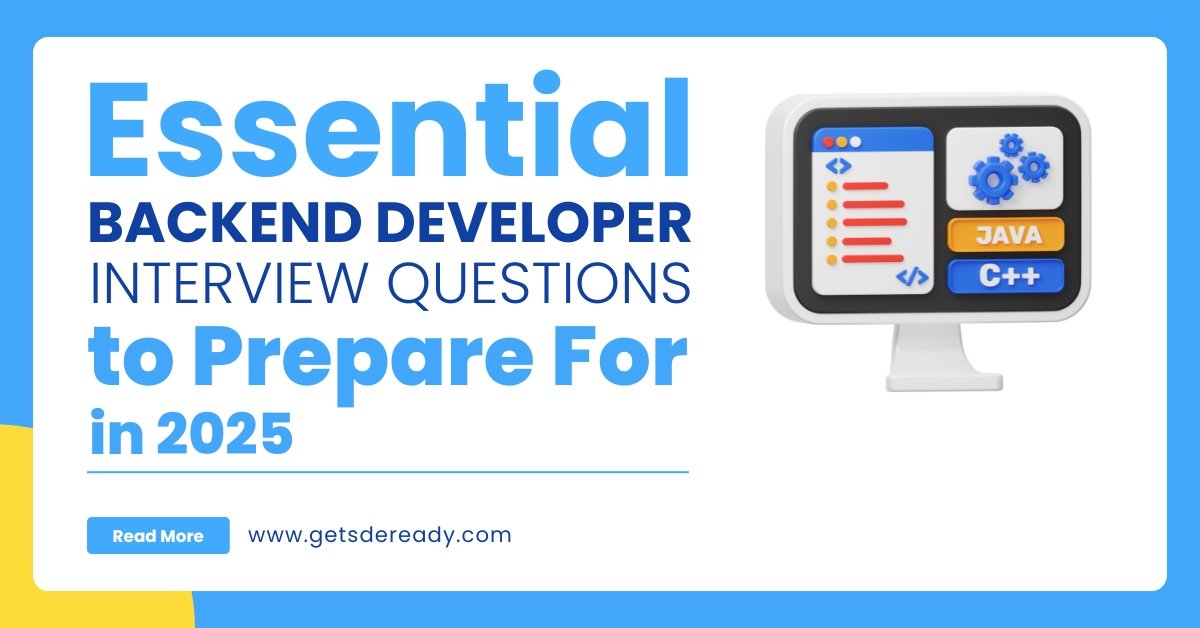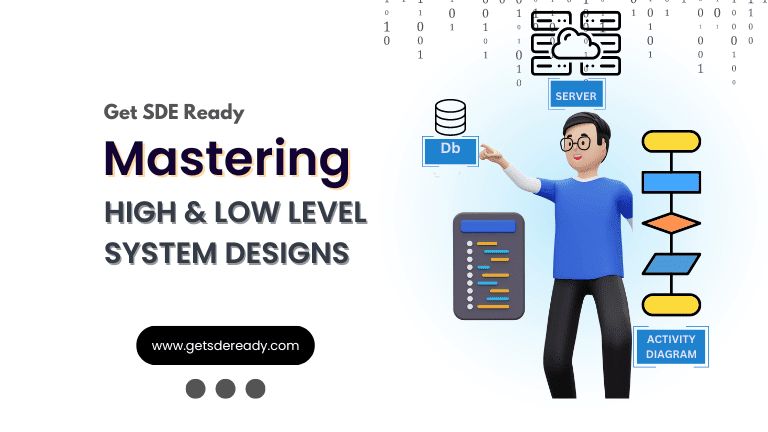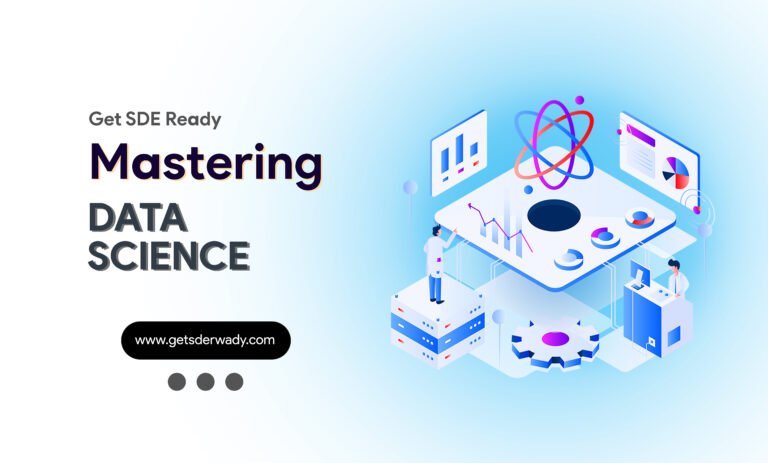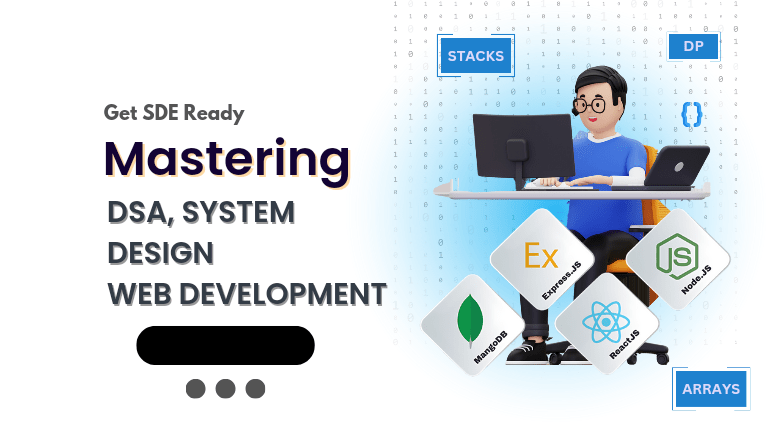
Mastering System Design Interviews: Instagram Case Study with LLD Examples
Introduction
The world of software engineering interviews can be daunting, especially when it comes to system design. As one of the most critical parts of the interview process for top tech companies, understanding how to master system design, including low-level design (LLD), is key to success. In this article, we will delve into the intricacies of mastering system design interviews, using Instagram as a case study. This comprehensive guide will walk you through system design concepts, break down Instagram’s architecture, and explore LLD examples that you can incorporate into your own interview preparation. Whether you’re a novice or experienced engineer, this article will provide the tools and knowledge necessary to ace your next system design interview.
What is System Design?
System design refers to the process of defining the architecture, components, modules, interfaces, and data for a system to satisfy specified requirements. It’s an essential skill for building scalable, efficient systems and is commonly tested during technical interviews for top tech companies.
High-Level Design vs. Low-Level Design (LLD)
System design interviews typically focus on two stages:
High-Level Design (HLD)
High-level design refers to the overall structure of the system. It includes:
- Defining components, subsystems, and services.
- Analyzing the interrelationships and dependencies between different parts of the system.
- Outlining how data flows within the system.
Low-Level Design (LLD)
Low-level design focuses on the detailed blueprint of the components. It involves:
- Designing specific classes, functions, and methods.
- Choosing data structures.
- Deciding how to handle edge cases and failures.
Recommended Topic: How to Design Instagram from Scratch
Instagram Case Study: High-Level Design

Instagram Architecture
Instagram is a widely-used social media platform known for its simple user interface and massive scalability. To design Instagram at scale, the architecture must support millions of users interacting in real time. The following aspects are critical in its high-level design:
1. Microservices Architecture
Instagram uses microservices for better scalability and fault isolation. Each service is independent and focuses on a specific feature, such as user management, image storage, or notifications.
- User service handles user authentication and profiles.
- Post service manages posts, comments, and likes.
- Feed service generates and serves the user’s feed.
- Notification service sends real-time updates to users.
2. Load Balancer
A load balancer ensures that requests are evenly distributed across multiple servers, preventing any single server from being overwhelmed. This approach maximizes system efficiency and reliability.
- Horizontal scaling is used to add more servers when the load increases.
3. Caching Layer
To improve performance, Instagram uses caching extensively, especially for popular posts, feeds, and user profiles. This reduces the load on databases and speeds up response times.
- Redis and Memcached are commonly used caching systems.
4. Data Storage
Instagram handles massive volumes of data, including user profiles, photos, videos, and comments. The system uses distributed databases like Cassandra to store this data and ensure fault tolerance and availability.
Key Components in High-Level Design
- Microservices
- Load Balancer
- Caching Layer
- Data Storage
Recommended Topic: Top 15 System Design Frameworks in 2024
Low-Level Design (LLD) of Instagram
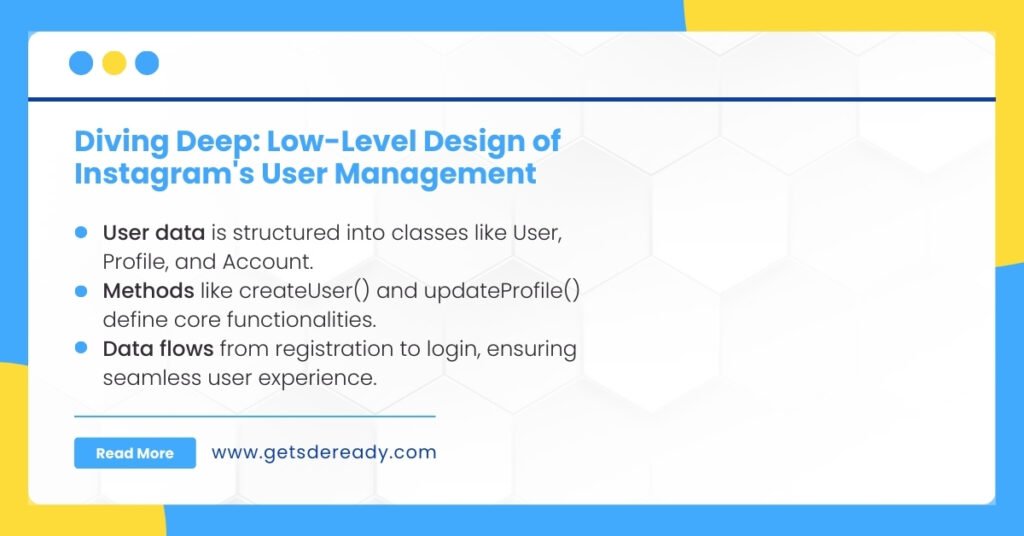
Low-level design involves creating detailed solutions for each component. Let’s break down some LLD examples from Instagram’s architecture.
1. User Management (LLD Example)
In Instagram’s user management system, the core functions include user registration, login, and profile management. Here’s how we approach the LLD:
- Class Diagram: The classes would include User, Profile, and Account. Each class would have properties like username, email, and password.
- Methods: Methods for creating a user, logging in, and updating the profile would be designed.
Key Operations:
- createUser(username, password): Creates a new user profile.
- login(username, password): Verifies the credentials.
- updateProfile(userId, profileData): Updates user profile information.
Data Flow:
- User creates an account: User data is stored in the database.
- User logs in: Authentication is handled by a microservice, which checks credentials and returns an authentication token.
- Profile update: Profile data is fetched, modified, and stored back into the database.
Diagram:
Operation | Class | Method | Description |
User Creation | User | createUser(username, pass) | Creates a new user |
Login | Authentication | login(username, pass) | Validates user credentials |
Profile Update | Profile | updateProfile(userId, data) | Updates the user’s profile |
Also Read: Top 20 Software Frameworks for 2025
2. Feed Service (LLD Example)
The feed service in Instagram is responsible for generating and serving a user’s feed, which contains posts from their followers.
Data Structures:
- Graph: Represents users and their relationships (followers/following).
- Queue: Used to queue posts for each user’s feed.
Key Operations:
- getUserFeed(userId): Fetches the most recent posts from a user’s followers.
- addPostToFeed(userId, postId): Adds a post to a user’s feed.
Data Flow:
- User posts an image: The image is stored in a distributed file system.
- User’s feed is updated: The system queries the graph and adds the new post to each follower’s feed.
Diagram:
Operation | Class | Method | Description |
Get Feed | Feed | getUserFeed(userId) | Retrieves posts for the user |
Add Post to Feed | Feed | addPostToFeed(userId, postId) | Adds post to user’s feed |
Recommended Topic: Top 20 API Design Interview Questions
Scalability and Performance in System Design

Scalability and performance are fundamental aspects of system design. Instagram handles millions of concurrent users, and its design ensures smooth operation under heavy loads.
1. Horizontal and Vertical Scaling
- Horizontal Scaling: Adding more servers to distribute the load. Instagram uses this for its microservices.
- Vertical Scaling: Upgrading the existing hardware (increasing CPU, RAM) to improve performance.
2. Caching for Performance
Caching significantly improves performance by storing frequently accessed data closer to the application layer, reducing the time it takes to fetch data from the database.
- Redis: Stores session data and feed data.
- CDN: Caches static assets like images and videos.
3. Load Balancing for High Availability
Load balancing helps distribute traffic efficiently across servers, preventing any server from becoming a bottleneck. It also ensures that the system is highly available, even if one or more servers fail.
- Round-robin: A common load balancing algorithm.
- Sticky Sessions: Ensures that requests from the same user are directed to the same server.
Conclusion
Mastering system design interviews requires a deep understanding of both high-level and low-level design. Through this Instagram case study, we’ve explored how to approach system design problems, from microservices architecture to low-level design examples like user management and feed services. Whether you’re preparing for system design interviews or just looking to deepen your knowledge, this article has provided insights into how real-world applications like Instagram approach scalability, performance, and fault tolerance.
As you prepare for your interviews, remember that mastering system design is a continuous process. Keep practicing, explore different system design frameworks, and refine your skills with real-world examples.
Also Read: Top 10 Full-Stack Interview Questions
Frequently Asked Questions (FAQs)
1. What is the best way to prepare for system design interviews?
The best way to prepare for system design interviews is by practicing real-world case studies, understanding key architectural concepts, and mastering both high-level and low-level design. You can further enhance your skills by enrolling in structured courses like Master DSA & Web Dev System Design to get a deep dive into system design concepts.
2. How do I improve my low-level design (LLD) skills for technical interviews?
Improving your LLD skills involves understanding core design patterns, data structures, and creating clear and efficient solutions to common problems. Consider taking a Design DSA Combined course to comprehensively cover these topics.
3. Is mastering DSA important for system design interviews?
Yes, data structures and algorithms (DSA) are critical for system design interviews as they help optimize solutions for scalability and performance. To master DSA, you can take the DSA course to build a strong foundation.
4. How can I transition from beginner to advanced in web development?
To level up your web development skills, focus on mastering both front-end and back-end technologies. The Web Development course will guide you from the basics to advanced concepts.
5. Can I learn Data Science alongside System Design and Web Development?
Yes, combining Data Science with System Design and Web Development is a powerful way to enhance your tech career. The Master DSA, Web Dev & System Design course offers an all-in-one solution for those looking to excel in multiple areas.
Accelerate your Path to a Product based Career
Boost your career or get hired at top product-based companies by joining our expertly crafted courses. Gain practical skills and real-world knowledge to help you succeed.
Reach Out Now
If you have any queries, please fill out this form. We will surely reach out to you.
Contact Email
Reach us at the following email address.
Phone Number
You can reach us by phone as well.
+91-97737 28034
Our Location
Rohini, Sector-3, Delhi-110085



